Best Marble For Flooring in India

Italian Granite
June 8, 2023
Rajasthan Marble
July 28, 2023Marble flooring adds a touch of elegance, luxury, and timelessness to any space. In India, where architecture and design hold a deep-rooted significance, choosing the right marble for flooring becomes a crucial decision.
With numerous options available in the market, it can be overwhelming to pick the best one that perfectly complements your home or office interiors.
In this comprehensive guide, we will delve into the various types of marble available for flooring in India, exploring their unique characteristics, pros and cons, maintenance tips, cost considerations, and real-life examples of spaces adorned with each type.
So, let’s dive in and discover the best marble for flooring in India!
Introduction to Marble Flooring

What is Marble?
Marble is a metamorphic rock that forms when limestone undergoes high pressure and temperature changes within the earth’s crust.
The result is a beautiful, crystalline structure with various colors and patterns. Renowned for its natural beauty, marble has been a symbol of luxury and architectural refinement for centuries.
Historical Significance of Marble in India
Marble has played a significant role in India’s rich architectural heritage. From the iconic Taj Mahal to ancient temples and palaces, marble has adorned numerous historical masterpieces, reflecting the country’s artistic prowess and appreciation for fine craftsmanship.
Top 21 Best Marble for Flooring in India
India boasts a diverse range of marble varieties, each with its own unique appearance and characteristics. Let’s explore some of the best options for flooring:
1. White Makrana Marble
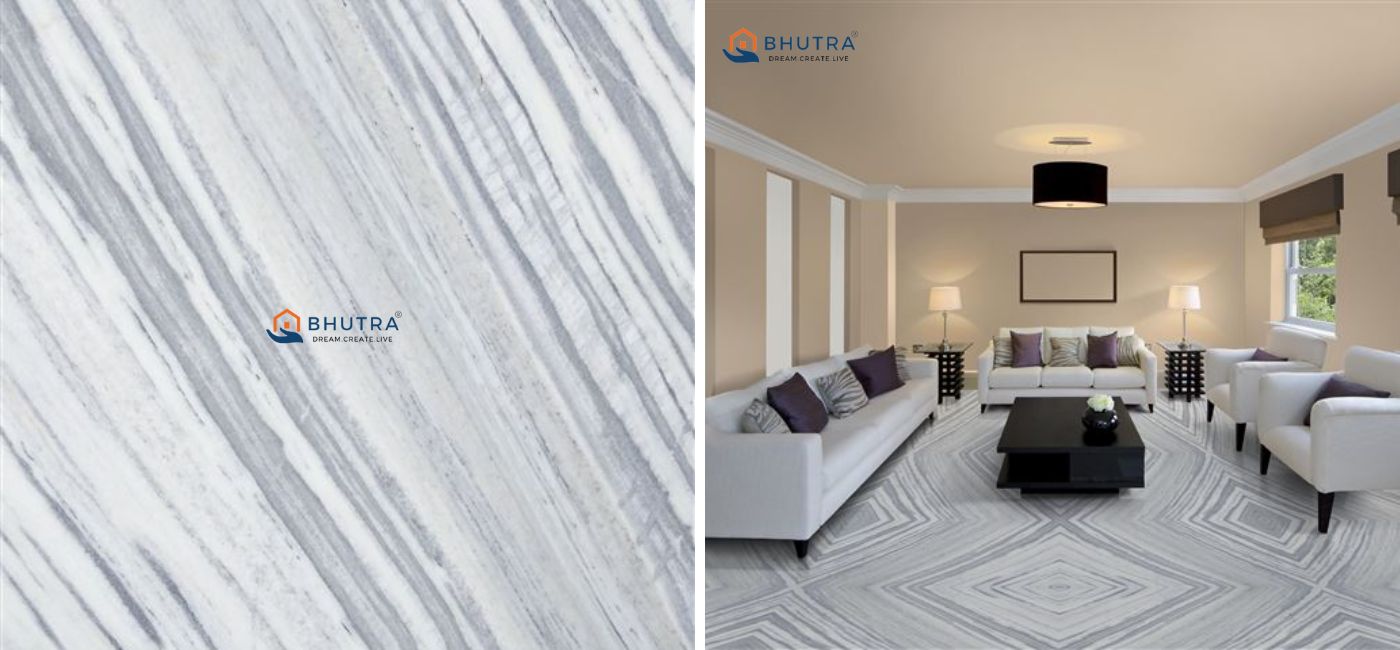
Originating from the town of Makrana in Rajasthan, this iconic white marble is synonymous with opulence. It was used in the construction of the Taj Mahal and continues to be a symbol of classic elegance.
2. Statuario Marble
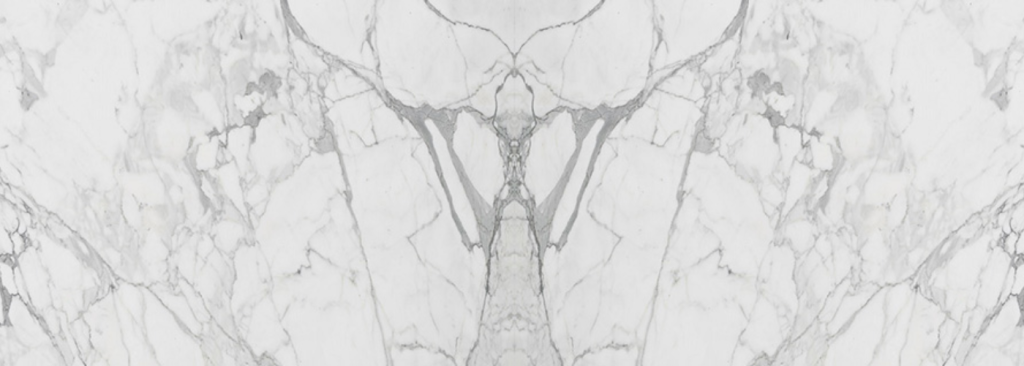
Known for its distinctive grey veins on a pristine white background, Statuario marble exudes sophistication and grace. Quarried in Italy, this marble is often used for creating statues and sculptures.
3. Michelangelo Marble

Experience timeless elegance with our Michelangelo Marble – a masterpiece of nature. Each slab boasts intricate veining, rich tones, and a luxurious finish, transforming any space into a work of art. Elevate your surroundings with the enduring beauty of Michelangelo Marble.
4. Calacatta Marble

Experience timeless elegance with our Calacatta Marble. This exquisite natural stone boasts a luxurious white background adorned with graceful, intricate veining, creating a sophisticated and opulent ambiance in any space. Elevate your surroundings with the unparalleled beauty and enduring charm of Calacatta Marble.
5. Sofia Beige Marble
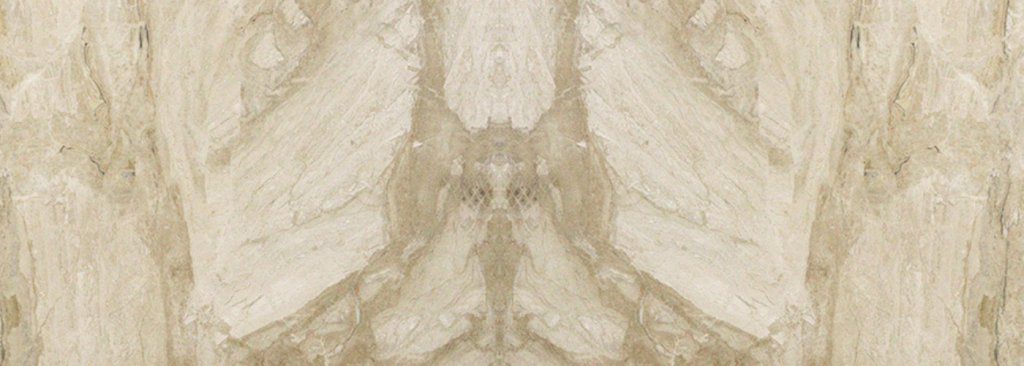
Elevate your space with Sofia Beige Marble – a timeless fusion of elegance and sophistication. Immerse yourself in the luxurious beauty of natural beige hues, intricate veining, and a polished finish. Whether it’s a countertop, flooring, or an accent piece, Sofia Beige Marble exudes refined charm, making every corner of your home a statement of enduring style.
6. Botticino Marble

A beige-colored marble with delicate patterns, Botticino originates from Italy and is highly versatile, suiting both traditional and contemporary designs.
7. Antique Beige Marble
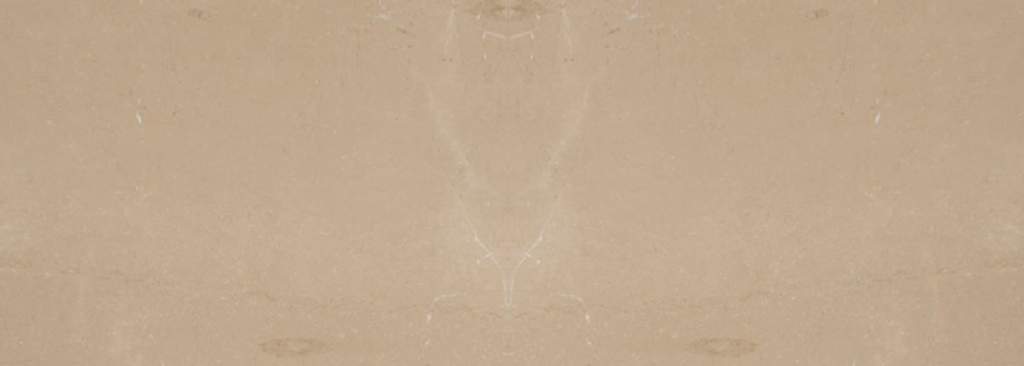
Experience timeless elegance with our Antique Beige Marble. Crafted with precision and showcasing a rich blend of warm beige hues, this exquisite marble brings a touch of classic sophistication to any space. Elevate your surroundings with the enduring beauty of Antique Beige Marble – a true testament to luxury and refinement.
8. Golden Grey Marble
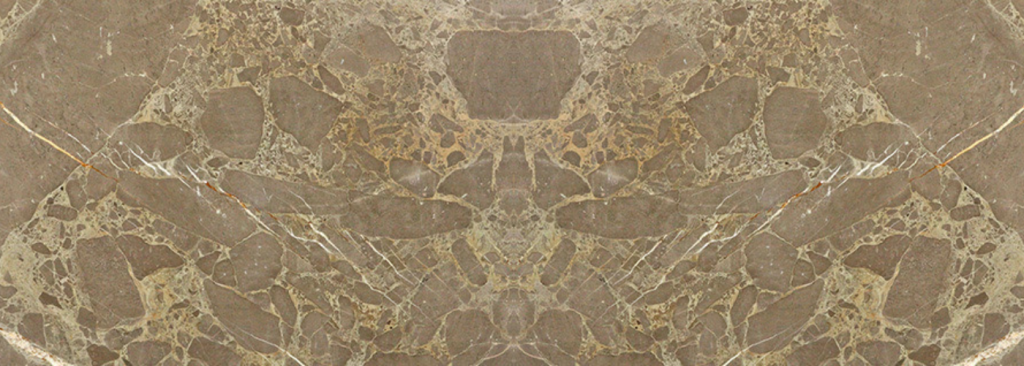
Elevate your space with the timeless allure of Golden Grey Marble. This exquisite natural stone blends luxurious gold and soothing grey tones, creating a stunning visual masterpiece. Unparalleled in elegance, its polished surface adds a touch of opulence to any environment. Redefine sophistication with Golden Grey Marble – where timeless beauty meets modern design.
9. Moon Cream Marble
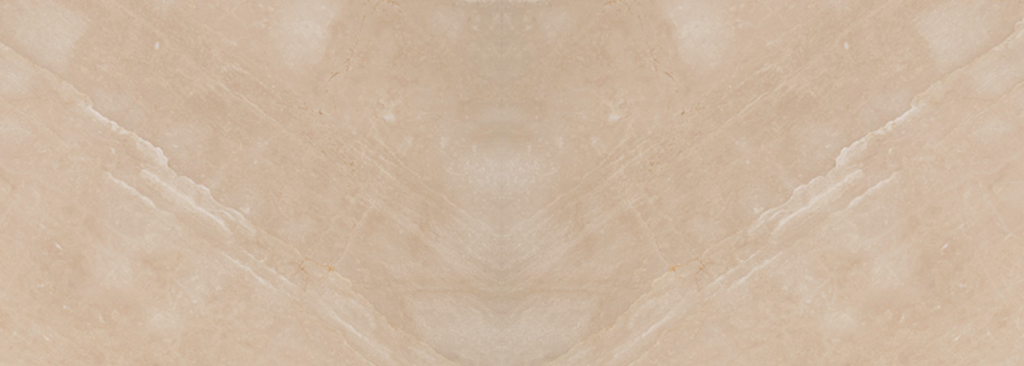
Experience luxury with Moon Cream Marble, a timeless fusion of celestial elegance and earthly beauty. Crafted to perfection, its creamy hues and subtle veining create a celestial dance on each surface. Elevate your space with the ethereal allure of Moon Cream Marble – where sophistication meets natural grace.
10. Creama Gold
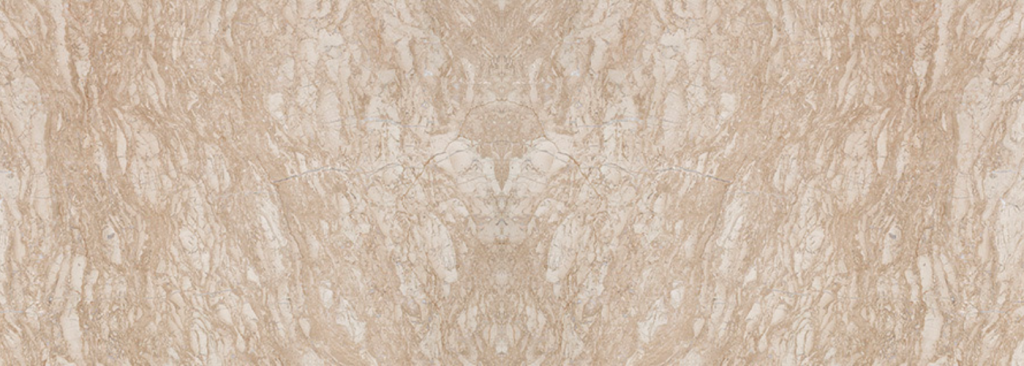
Introducing Creama Gold, where luxury meets skincare. Immerse yourself in the indulgent blend of rich, nourishing ingredients that leave your skin feeling velvety smooth and radiant. Unveil the secret to timeless beauty with Creama Gold — because your skin deserves nothing but the best.
11. Royal Perlato Marble
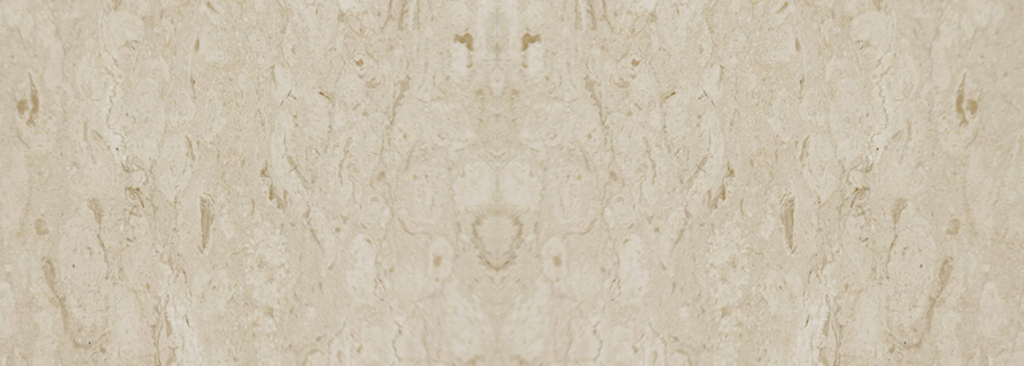
Experience the epitome of elegance with our Royal Perlato Marble. Meticulously crafted by nature, its creamy hues and subtle veining create a luxurious canvas for timeless interiors. Elevate your space with the regal allure of Royal Perlato Marble – where sophistication meets enduring beauty.
12. Regal Beige Marble

Elevate your space with the timeless elegance of Regal Beige Marble. This exquisite natural stone features a rich blend of beige tones, adding a touch of sophistication to any setting. Durable and luxurious, Regal Beige Marble is the perfect choice for creating a classic and refined ambiance in your home or commercial space. Upgrade to the beauty of Regal Beige Marble and make a lasting impression.
13. Brescia Medicea Marble
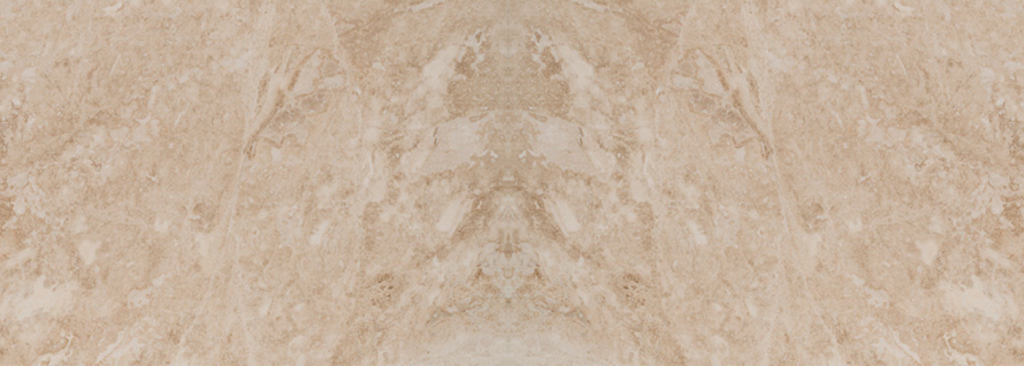
Introducing Brescia Medicea Marble – a timeless masterpiece of nature. Immerse your space in the luxurious beauty of this exquisite marble, renowned for its impeccable craftsmanship, captivating veining, and unparalleled elegance. Elevate your surroundings with the enduring charm of Brescia Medicea Marble, where sophistication meets nature’s artistry.
14. Brescia Aurora Marble
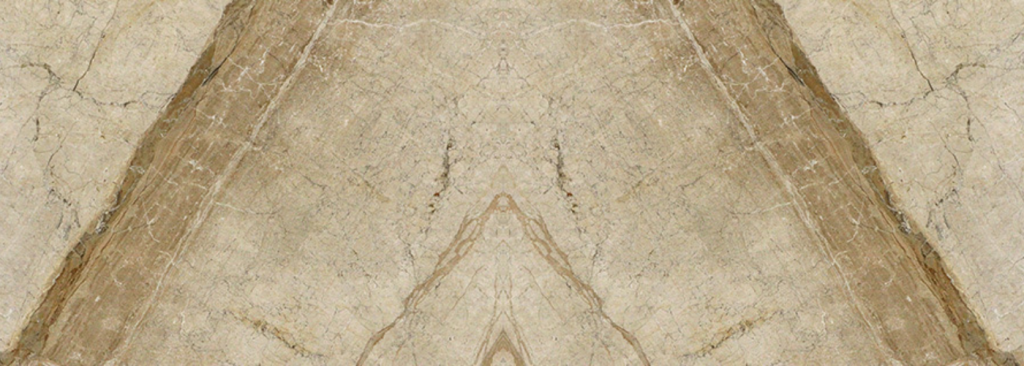
Elevate your space with the timeless elegance of Brescia Aurora Marble. This exquisite natural stone boasts a captivating blend of soft whites and subtle veining, creating a luxurious and sophisticated ambiance. Bring the beauty of Brescia Aurora Marble into your home for a touch of enduring style and refinement.
15. Classic Beige Marble
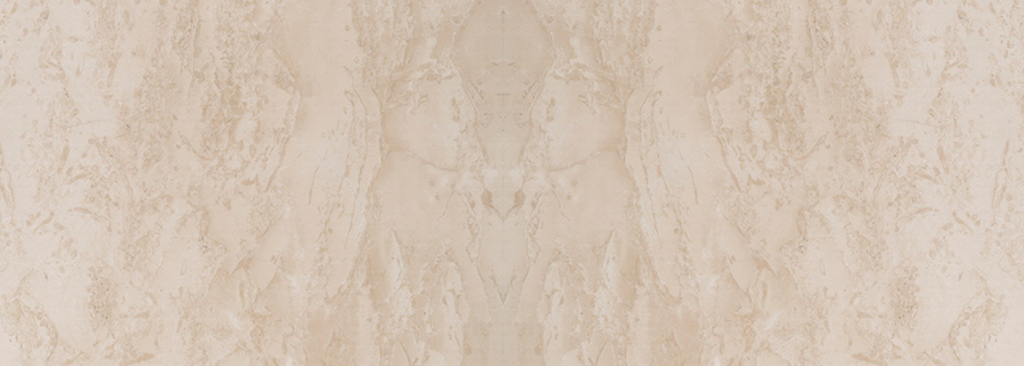
Experience timeless elegance with our Classic Beige Marble. This exquisite stone boasts a rich, neutral palette that effortlessly elevates any space. Its subtle veining and smooth texture add a touch of sophistication, making it the perfect choice for a luxurious and enduring aesthetic.
16. Victoria Beige Marble
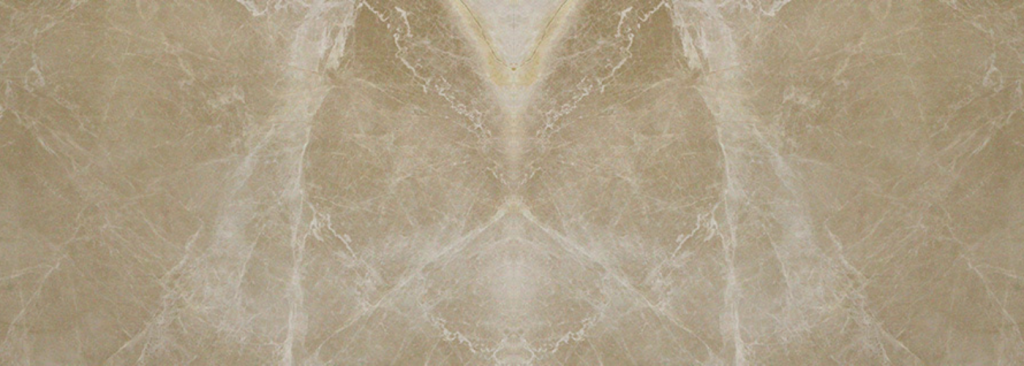
Elevate your space with the timeless beauty of Victoria Beige Marble. Unveiling a delicate blend of warm beige tones and exquisite veining, this natural stone promises to bring sophistication and luxury to any surface it graces. Upgrade your surroundings with the enduring elegance of Victoria Beige Marble – where opulence meets understated charm.
17. Flamingo Marble
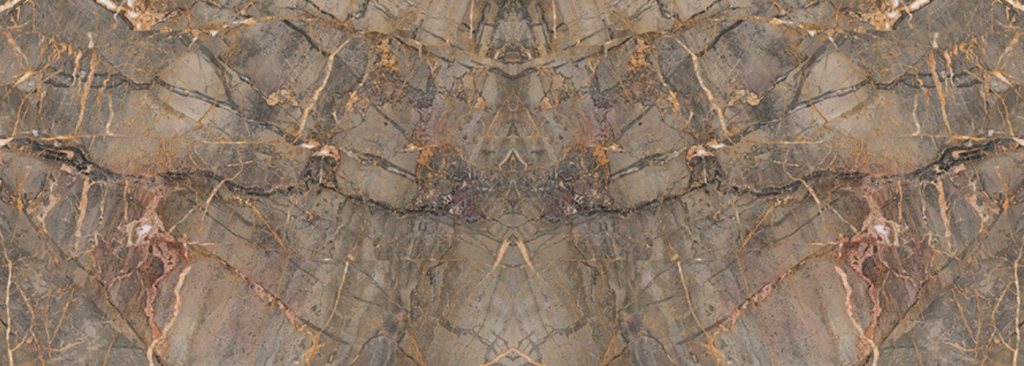
Introducing “Flamingo Marble” – where elegance meets nature. This exquisite marble blend seamlessly combines the timeless beauty of natural stone with the vibrant hues of flamingo-inspired tones. Elevate your space with a touch of sophistication and a pop of personality.
18. Rosso Verona Marble

With its deep red hue and intricate patterns, Rosso Verona marble brings a sense of grandeur and regality. It is extensively used in palaces and high-end projects.
19. Black Marquina Marble

Quarried in Spain, Black Marquina is a stunning black marble with white veins, creating a striking contrast. It imparts a sense of luxury and drama to interiors.
20. Brescia Blue Marble
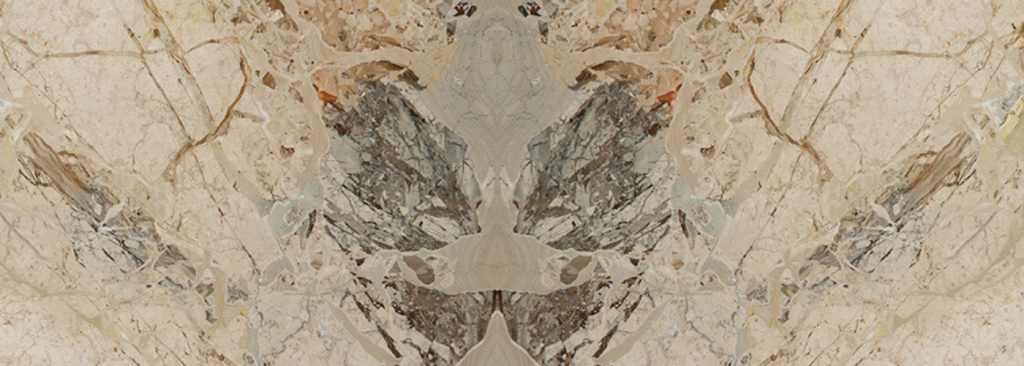
Introducing Brescia Blue Marble – a symphony of elegance and sophistication. Crafted by nature, this exquisite marble showcases a mesmerizing blend of deep blues and subtle grays, creating a timeless masterpiece for your space.
21. Armani Grey Marble
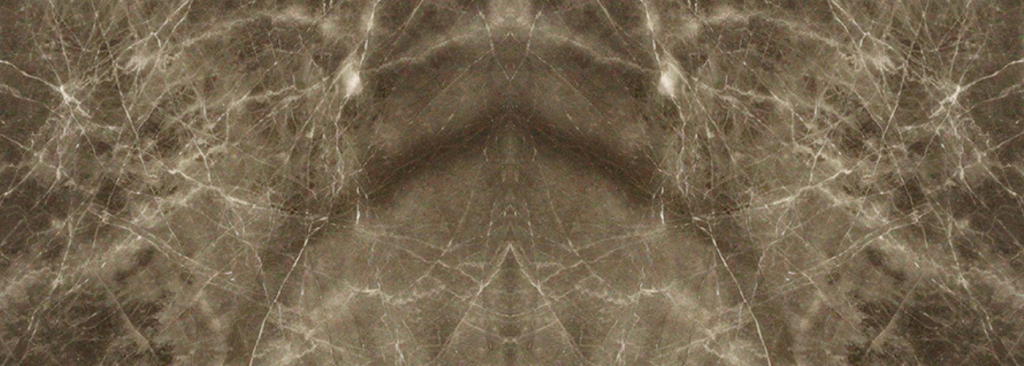
Elevate your space with the timeless sophistication of Armani Grey Marble. Crafted with precision and elegance, this luxurious marble showcases a stunning blend of gray tones, creating a sleek and modern aesthetic. Transform any surface into a work of art with Armani Grey Marble where style meets substance.
Maintenance Tips for Marble Flooring
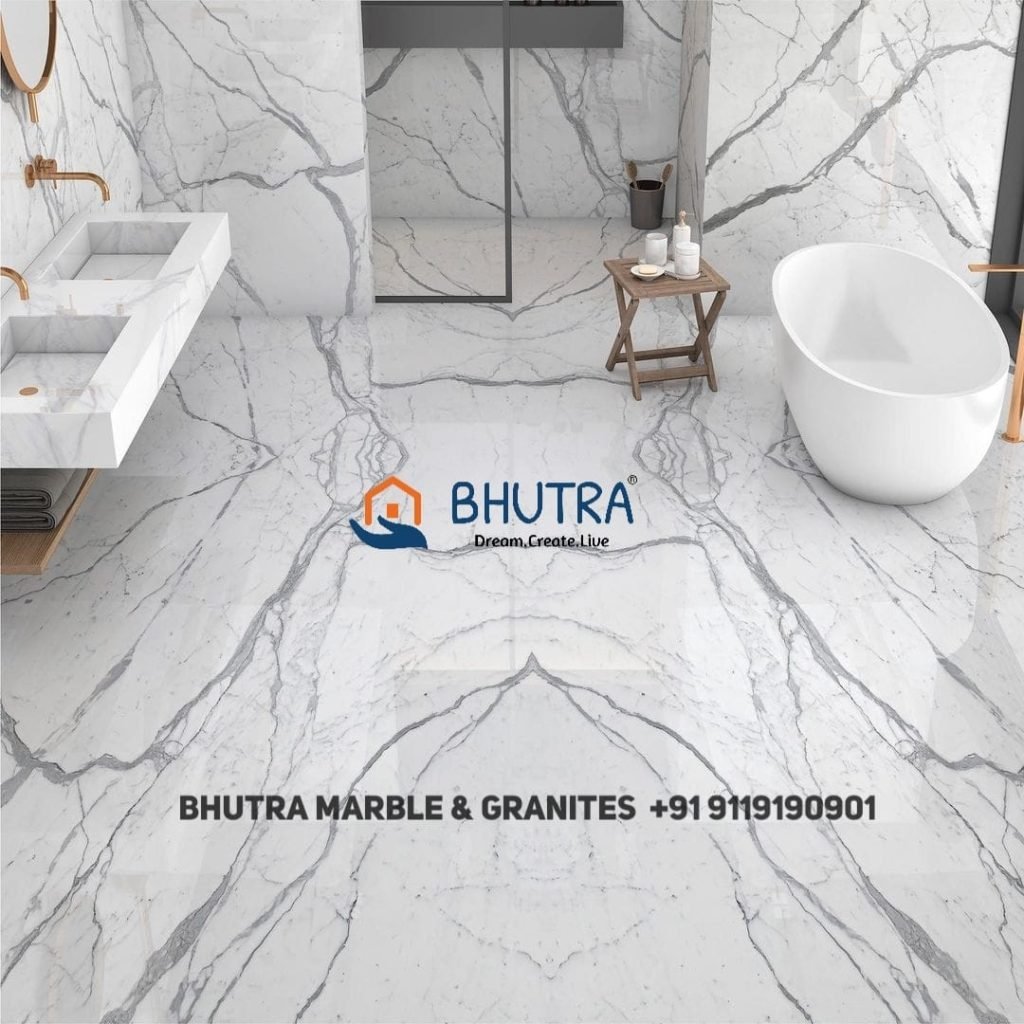
To ensure your marble flooring retains its beauty and luster for years to come, follow these essential maintenance tips:
Regular Cleaning and Dusting
Marble floors should be swept or vacuumed regularly to remove dust and debris that may cause scratches. Use a soft microfiber mop or cloth for gentle cleaning without damaging the surface.
Avoiding Acidic and Abrasive Cleaners
Avoid using acidic or abrasive cleaners on marble floors, as they can etch the surface and cause permanent damage. Instead, use a pH-neutral marble cleaner or a solution of mild dish soap and water.
Dealing with Stains and Spills
Tackle spills immediately to prevent staining. Blot the spill gently with a clean, soft cloth and avoid rubbing, which can spread the stain. For stubborn stains, use a poultice made of baking soda and water.
Sealing and Polishing
Regularly seal your marble flooring to protect it from stains and moisture penetration. Polishing the marble every few months helps maintain its shine and smoothness.
Marble Flooring Cost in India

The cost of marble flooring can vary significantly depending on several factors the average cost of marble flooring is starts at INR 200 to INR 1500/- per square foot at Bhutra Marble & granites Kishangarh. Here’s what you should consider when budgeting for your marble flooring project:
Factors Influencing Marble Prices
- Rarity and Availability: Rare marbles or those that are less readily available tend to be more expensive.
- Grade and Quality: Higher grades with fewer imperfections command a higher price.
- Origin: Imported marbles may cost more due to transportation and handling charges.
Understanding Grades and Quality
Marble is graded based on its quality, with higher grades having fewer imperfections like cracks or veins. Grade A marble is the highest quality and often more expensive, while Grade B and C may have more natural variations.
Budgeting for Installation and Maintenance
Keep in mind the installation costs, which can vary based on the complexity of the design and the region’s labor charges. Additionally, factor in ongoing maintenance expenses to preserve the marble’s beauty.
Conclusion
In conclusion, the diverse range of marble flooring options available in India reflects a rich tapestry of aesthetics, offering choices that cater to various design preferences and financial considerations.
From the timeless allure of White Makrana Marble to the intricate beauty of white statuario, michelangelo, beige, cream, and grey, the selection is both extensive and captivating.
For those seeking a comprehensive showcase of over 700+ imported marble varieties under one roof, Bhutra Marble & Granite stands out as the premier destination. Their commitment to affordability and reasonable pricing makes them the go-to source for individuals looking to enhance their spaces with the enduring elegance of marble.
Whether pursuing a classic or contemporary look, the vast collection at Bhutra Marble & Granite ensures that every customer can find the perfect marble type to complement their style and vision.
Elevate your living spaces with the timeless beauty and sophistication that marble flooring from Bhutra Marble & Granite brings, transforming ordinary spaces into extraordinary showcases of luxury and refinement.
FAQs
Q1. Can marble flooring be used in high-traffic areas?
Yes, marble flooring can withstand high foot traffic when properly maintained and sealed. However, for heavy commercial settings, certain marble types like Botticino or Rosso Verona may be more suitable due to their durability.
Q2. Is marble flooring suitable for bathrooms?
Yes, marble can be used in bathrooms to create a luxurious and spa-like atmosphere. However, it is essential to choose marble with a honed or polished finish and seal it to prevent water penetration.
Q3. What is the average cost of marble flooring in India?
The cost of marble flooring can vary significantly depending on the type, quality, and location. On average, it can range from INR 200 to INR 1500 per square foot at Bhutra Marble & Granites Kishangarh, Rajasthan, India.
Q4. How often should marble flooring be sealed and polished?
Marble flooring should be sealed at least once every 6 to 12 months, depending on the foot traffic. Polishing can be done every few months to maintain its shine.
Q5. Can marble flooring be repaired if damaged?
Yes, minor scratches or etch marks on marble can often be repaired by professional stone restorers. However, severe damage may require replacing the affected tiles.



